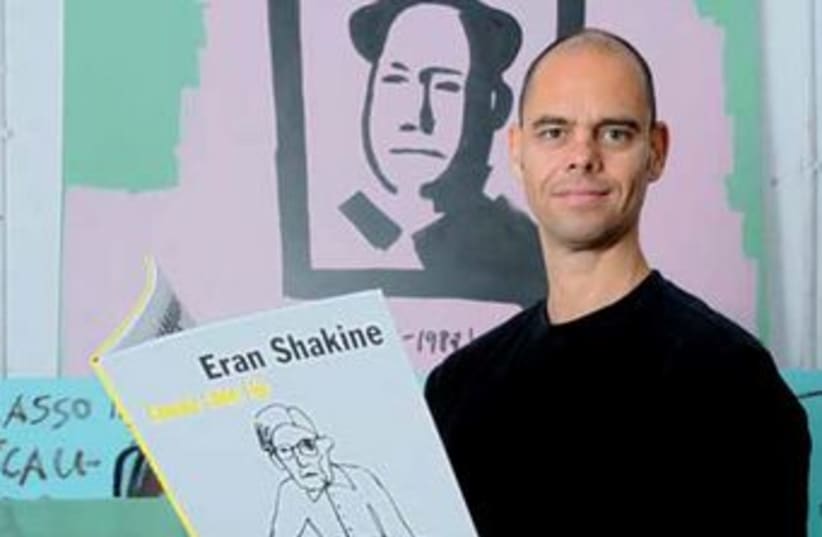How would you define yourself, generically? I consider myself to be the best example of myself. That is, the culture that I come from, which is Greco Roman, Western or something like that. I don’t try to learn more about the persons I choose to paint. I reflect on them as any other. Not to ‘expose them’ or the truth. All of them are creative people, which I feel part of. I don’t think that the ‘high’ they feel when they succeed is different from mine when I succeed or that their anxieties when they fail are different from mine.Can you describe your work process?My research is done through my eyes, but my resources come from the media. I have some cultural heroes, persons whom I feel close to. Then I look at images available on the Net. I feel close to them as if they belong to my family, a distant uncle or a brother who is living in another country.
Culture seems to have a prominent place in your work. What about personal history? In all my artworks, I look at how our culture is made. In my exhibitions “Sabbath Match” (Tel Aviv, 2008) and “Minimal Contradictions” (Brussels, 2010), I was trying to portray the cultural tension between the religious and the non-religious in Israel. The centerpiece of this exhibition was a football made of black and white skullcaps.At the Pulse art fair 2011 (in L.A. and Miami), I was exhibiting a cast bronze two-meter high sculpture at the Zemack Gallery called Giacometti’s Granddaughter as a Supermodel. It is a sculpture about culture and beauty My shrink (if I had one) would probably say it all comes from my family history.Both my parents lost their families in the Holocaust. I have seen blurred black-andwhite photographs of some of them. About most of them, like my grandmother and grandfather from my mother’s side, there is no information at all, not even stories.My mother lost both her parents when she was four or five years old and never spoke of them. So maybe it is my imaginary family that I’m adopting to myself.
What are some of your favorite artists or works of art?My favorite painting, well I have few. One that stays in my head is Giacometti Wandering the Streets of Paris with All His Sculptures in His Coat Pockets , 2009. He is one of the giants of 20th-century art. At his most venerable, he was wandering the streets like a nomad. On Amazon. com, I read this review of the book Alberto Giacometti in Post-war Paris by Michael Peppiatt: “The sculptor-painter spent the duration of World War II languishing in his native Switzerland, modeling plaster figures so profoundly attenuated that when he returned to a liberated Paris, he was able to smuggle three years’ of work in matchboxes in his jacket pocket.”I don’t really care if it was so. And I don’t think I have seen this actual book. But this was enough to trigger this image in my mind. As artists, we are all nomads, having our creations in our jacket pocket or on a disc on key, wandering the streets of our own culture.Another one of my favorites is Picasso Working on a Bust of a Woman (Marie Therese). The relationship of Picasso with his women is one of the most overrated enigmas created by the media and gossip.Is it the muse and the creator type story, or was it a series of different types of abuse? It works on so many levels. In this painting, the art created looks more real than the artist.My next favorite is Valentino, where the fashion designer is portrayed trying on one of his creations. I wonder how much the creation is part of the creator. How much is it influenced by market desires, economic decisions and trends? This dilemma is very evident in the world of fashion.Follow @JPost_Lifestyle
